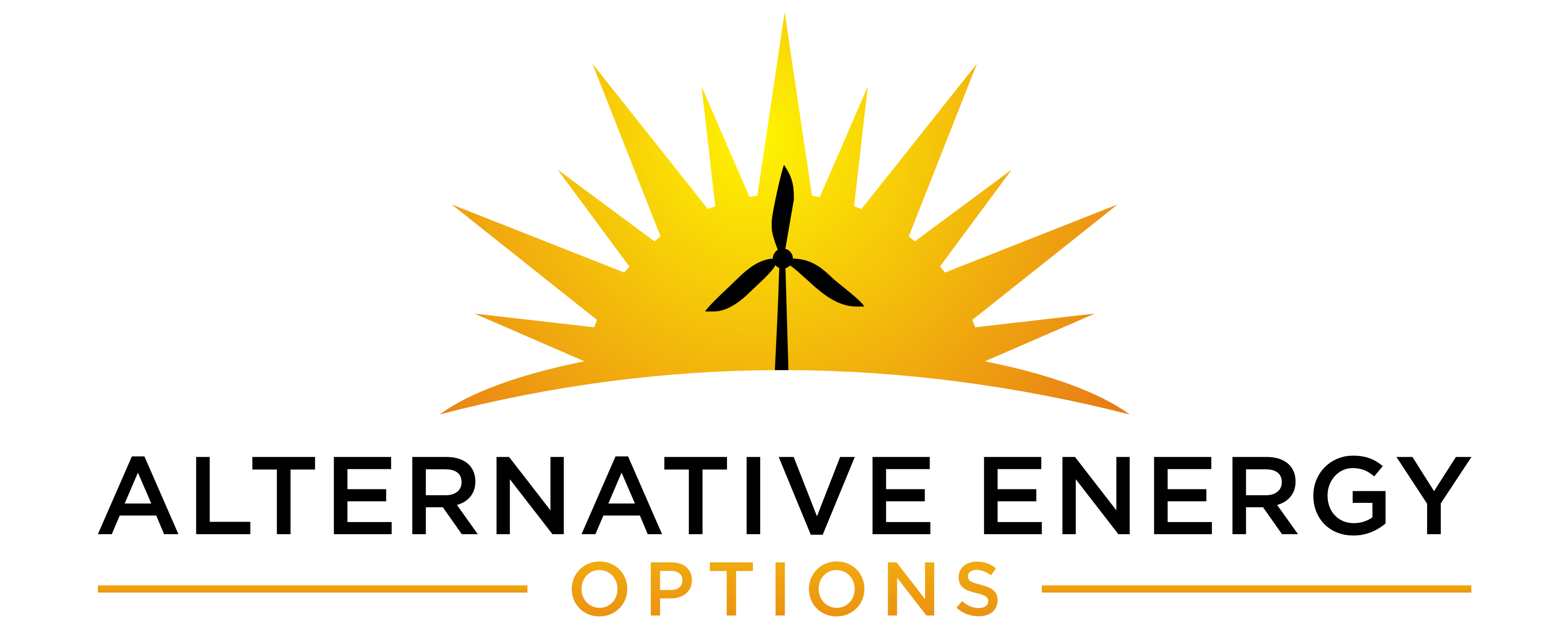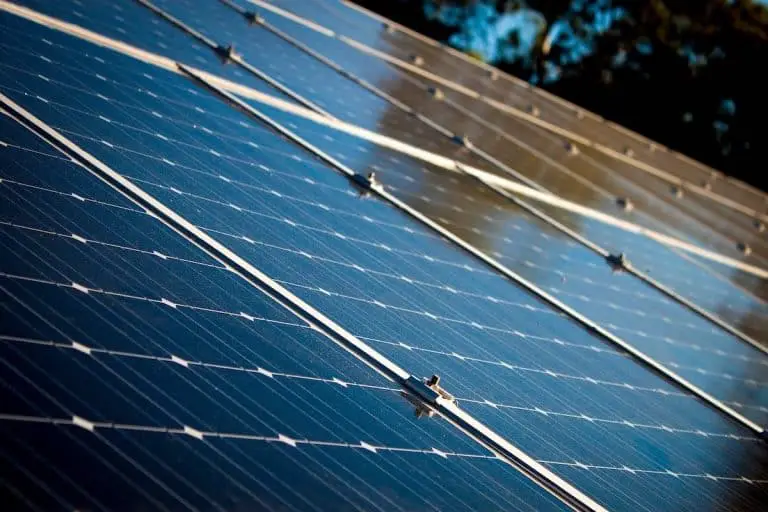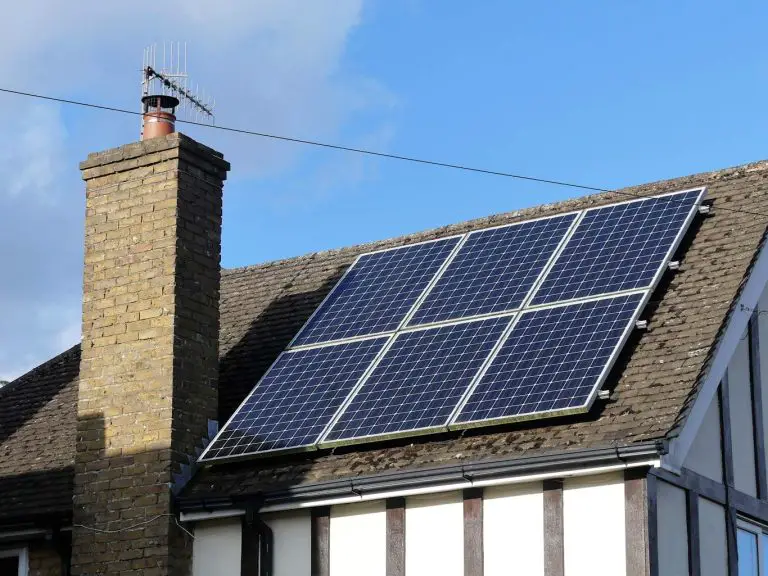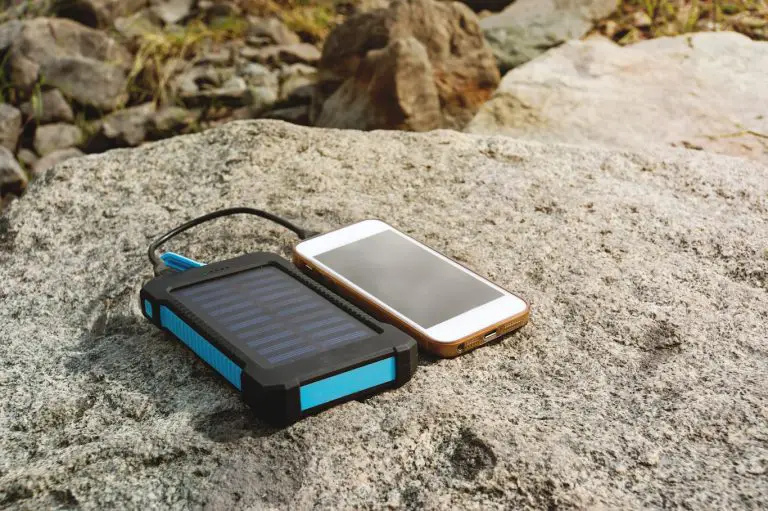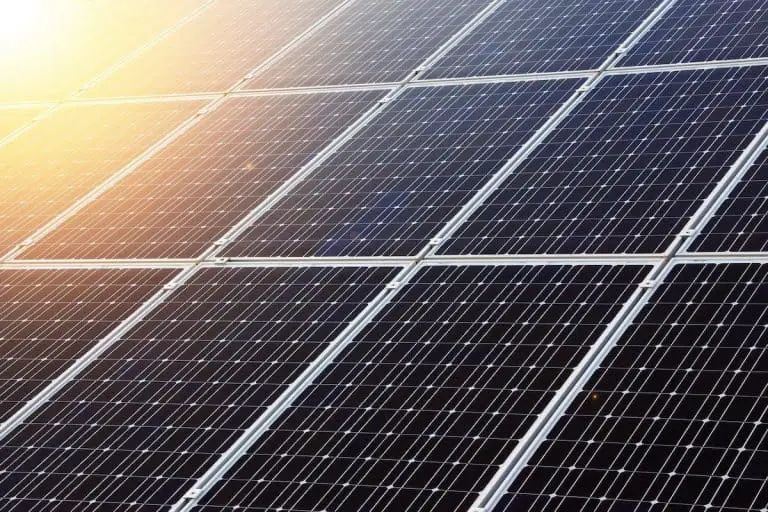How Many Solar Panels Does It Take to Run a Refrigerator?
Is your refrigerator running? Well, I hope you are using solar power to run it because, if not, then you are doing yourself a significant disservice. If such is the case, you probably have questions about the amount of solar power required to run an appliance like this.
It takes around two 300Wh solar panels to run a 60Wh refrigerator, though this depends on certain factors. The amount of average sunlight in your area, the size of your fridge, and the wattage of the panels themselves all play a significant role in how many of these panels you will need to accomplish this task.
I’ll discuss the benefits of solar power and how you can calculate your refrigerator’s electricity requirements. From there, I’ll look at how many solar panels might be required to perform such a task.
The Basics of Solar Panels
Solar power is a rapidly growing industry all around the world. We have likely all heard by now of the many benefits of clean, renewable energy. It is going to become even more instrumental in the future, as technology increases the efficiencies of these impressive energy collectors.
Harnessing the intense power of the sun is something life on earth has been doing for many millennia. With the advent of solar panels, more people than ever before have access to this ability.
A solar panel does not use heat to generate electricity but rather light. The photons sent by the sun are used to disrupt and excite electrons on atoms to generate a current (source). This is merely the fancy way of saying that the solar panels use light particles to induce electricity in the circuit.
The electricity generated by solar panels is in the form of direct current (DC). This current must be converted to alternating current to properly use it in your electric circuits at home (AC). This is done by an inverter attached to the solar panels.
On top of basically performing a feat that seems like magic, the typical solar panel also has a very long life. Many come with guarantees that last upward of multiple decades, a testimony of their longevity.
In terms of saving costs, this can be well worth the investment, generating much more value than the initial cost to get it going.
Load Requirements
Clearly, solar panels can be beneficial thing to own. At this point, though, your main concern will likely be around how much energy would be required to run your main appliances at home. How many solar panels would you require to run some of the bigger ticket items, like a refrigerator?
The first step in this is calculating the required load for the appliances. You ultimately want the kilowatts per hour (kWh) or even watts per hour (Wh) that your appliance will use. This will make it easier to figure out the number of solar panels you will need to have.
Kilowatt-hours is the amount of power that will be used by the appliance over the course of a single hour. To convert watts into kilowatts, you must divide by 1000.
To find the amount of power being used by a certain appliance, you can use a wattmeter. Simply plug the meter into the socket and then the appliance into the meter (source).
You are trying to figure out how much energy is being used every hour. For best results, take this reading over a significant period, like a few days, and then divide by the number of hours involved. This helps create a uniform average since some appliances use more power under certain conditions and at certain times.
Alternatively, many appliances will have an energy rating listed on them, indicating how much it uses.
Once you are aware of the energy usage of the appliances you want to power, you can look to calculate the number of solar panels.
How Many Panels Are Needed to Run a Fridge?
A solar panel has three important parts to it. The first is, of course, the panel itself, which has already been discussed. The next part is the inverter that will be turning all the direct current produced into alternating current for your appliances.
Finally, there are the batteries that will store energy for those periods where the sun is not shining.
If you are looking to power just your refrigerator with this solar power, then you will need to compare the total load for the fridge with the requirements for each part of the panels.
Refrigerators generally have a load of between 15 and 60Wh, depending on how modern and efficient they are (source). This means that for every hour they are turned on, they will require around this amount of power. Also, if you have a smaller 12-volt refrigerator, your solar panel requirements will be different.
Since a refrigerator is always running, this hourly load is multiplied by 24 to find the total daily energy requirement.
For your solar panels to operate effectively, they must produce enough energy to support this continuous load. Since they are only able to produce energy during certain times of the day, they must produce enough to fill the batteries so they can then power it during times where the panels aren’t collecting energy.
The panels must produce enough energy to cover the full operation of the refrigerator, and the batteries must store enough to supply energy during the downtimes.
Some solar panels will only go through a battery and never provide electricity directly to the system. In these cases, the battery must store all the required energy for the calculated load.
Good industry practice is to add an additional 25% to the estimated load required from the solar panels in order to compensate for any inefficiencies.
Additionally, you must know the amount of daily sunlight your solar panels might be exposed to and the average number of hours they will be able to gather energy. This is an important step to deciding how many you will require.
Doing the Math
Once you are aware of the number of hours of reliable sunlight you will be experiencing, rounding down to be safe, you can start working out the number of panels you will require.
Generally speaking, modern solar panels for standard residential buildings will produce around 260 to 330 watts (source). This can, of course, range higher, depending on the number of solar cells fitted together to create them.
You can take 300Wh as around average and then multiply this number by the number of potential day time hours with substantial sun. If you are in a place that only sees 4 hours of sun a day, for example, a 300Wh panel will produce around 1200 watts (300 multiplied by 4) per day.
If we look at how much the refrigerator requires to operate on a daily basis, we can see how many we will need to cover this load.
If the energy requirements for the refrigerator are 60 watts, then we multiply this by 24 to get the daily requirement. This equates to 1440 watts. To be safe, we add an additional 25%, which brings the required amount of energy to 1800 watts per day.
Dividing 1800 by 1200 will give us the number of panels required to support the load. This leaves us with 1.5. So, in this scenario, you would need at least two 300Wh solar panels to cover a 60Wh refrigerator.
Benefits of Starting with a Fridge
While it can be complicated to get the correct measurements and set up your solar panels, it is definitely a task worth doing. The amount of money that can be saved by switching to solar energy is substantial (source).
If you are getting into the solar energy space, then starting with a refrigerator has some notable benefits.
First off, they are generally quite sparing on their load requirements. This is especially the case for more modern refrigerators. This lower load will also allow you to slowly start integrating solar energy into your home without having to invest a lot in the beginning.
They are also predictable in their requirements, and even though they run perpetually, their load can be accurately predicted and tracked.
Fridges are also always going to be something you use. Whether you are at home or away, the refrigerator will always be running and will always require energy to do this. Switching this load across to something more renewable is highly beneficial.
Finally, and this applies to all forms of solar energy, the investment will pay off itself within a few years. You will always need electricity, and standard electricity fees are expensive. Having your own source of energy will save you a lot of money along the way.
Final Thoughts
Renewable energy is clearly the way of the future, and solar power is right at the top of this list. Switching across is an investment, but it’s one that will consistently produce returns. If you want to start running things on solar energy, then the best option is probably the refrigerator.
Depending on the amount of sun you have and the type of refrigerator you use, you will most likely require around two solar panels.
